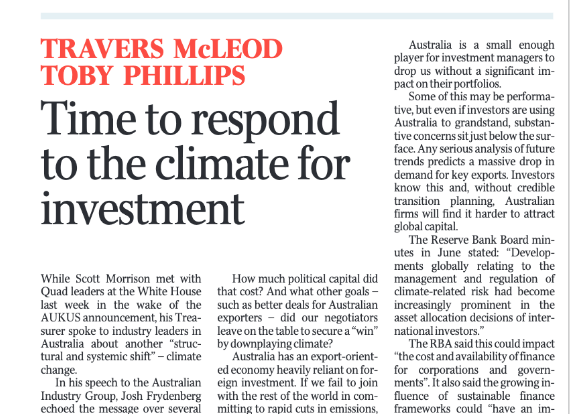In the western world arts and culture are often labeled frivolous and pretentious, the crucial role they play in human development goes unnoticed. However the recent World Summit on Arts of Culture in Melbourne sought to emphasis the power of the arts and highlight their ability to improve lives.
Read Ben Eltham’s article on the summit, first published in Crikey here
While policy wonks gathered in Canberra this week for tax and jobs summits, Melbourne this week played host to an international summit for arts and culture. Delegates were reminded that in some parts of the world the arts can be about life and death.
Organised by the International Federation of Arts Councils and Culture Agencies in conjunction with the Australia Council, the fifth World Summit on Arts and Culture was essentially a conference of arts bureaucrats and cultural policy makers.
The idea of hundreds of arts bureaucrats hanging out and talking about cultural policy might be enough to make many artists run screaming towards the bar. But in fact the program presented some fascinating case studies of the power of arts and culture to improve lives. Some of the international participants showed why, in some parts of the world, the problems posed by making and engaging with contemporary art can be a matter of life and death.
The work of Lucina Jiménez López is a case in point. Jiménez López is the director of the International Consortium for Arts in Schools in Mexico, where she works on Mexican arts education and cultural policies as a cultural adviser.
“My NGO started with arts into the curricula in several schools in Mexico City, especially the schools where we find learning difficulties among students and also violence,” she told Crikey in a break between sessions at the conference on Wednesday.
“After the Mexican Revolution in the early 20th century, we had a very strong arts curriculum, but that was lost five decades ago. Now we’re trying to recover the space for arts, but it’s not easy, because we don’t have a deep comprehension about what arts can bring into education.
“We have a very strong cultural policy in terms of heritage, but thinking heritage as a material good, but thinking on heritage as a live culture, so we’re trying to push a little in that direction, thinking about cultural polices but also cultural rights, and the protection of intellectual property of the communities — kind of copyright, but we’re talking about collective rights, which is different because copyright belongs to the Anglo culture, but in our communities it is not always related to the copyright because we’re not seeing our rights as a good that you can sell.”
Jiménez López sees her mission as one of human development, which comes into sharper focus when she gave a presentation about her work in the northern Mexican city of Ciudad Juarez, in the front line of Mexico’s drug wars. “Fear is an important factor in everyday life [there],” she told delegates in her speech. By working with artists and musicians to reach out to the community in the violence-scarred city on the US border, the arts organisation RedeseArte Cultura de Paz is training arts teachers at the local university to teach in the local community in the suburbs and surrounding villages of Juarez.
“Some of the children belong to families related to violence, some of them were not going to school any more, and they’re supporting the program because they want a change.” Another child told her she wanted to learn how to kill, “because my sister is making a living killing”.
While many of the participants were cautious at first, Jiménez López reported that after being involved for a time in the program, many started to see real change in their own lives: “When they proved themselves they could do it and that they deserved something better, that was the beginning of the change.” At the end of the program, another student told Jiménez López that “when I sing I am not afraid”.
“We believe that the deepest part of Juarez is getting together and they are getting conscious of the possibilities … we believe that arts education is a human right,” she said. “It’s hard to believe that changing lives that might be a part of an arts educational process. It’s exactly because arts education goes directly to the human being.”
The power of art to challenge oppression and violence was underlined by an affecting presentation to the conference by South African playwright Mike van Graan, who began his speech with a eulogy to recently murdered artists around the world:
“Ibrahim Kashoush will sing no more. In early July a few days after leading tens of thousands in a chant against the Syrian tyranny, this folk singer’s throat was slit, his vocal chords removed and his body dumped in a river. His compatriot, the acclaimed cartoonist Ali Ferzat, was more fortunate. After drawing a cartoon critical of Bashar al-Assad, Ferzat, head of the Arab League of Cartoonists, only had both his hands broken.”
“Egypt’s representative to this year’s Venice Biennale, Ahmed Basiony, didn’t make the trip to Italy. He was cut down by snipers’ bullets in Tahrir Square.”
It was a poignant speech that should give all Australian artists pause to consider just how seriously cultural policy is taken in other parts of the world.
“What is the murder of an artist if not the ultimate form of censorship?” van Graan asked pointedly. “The sword too often is mightier than the pen.”



